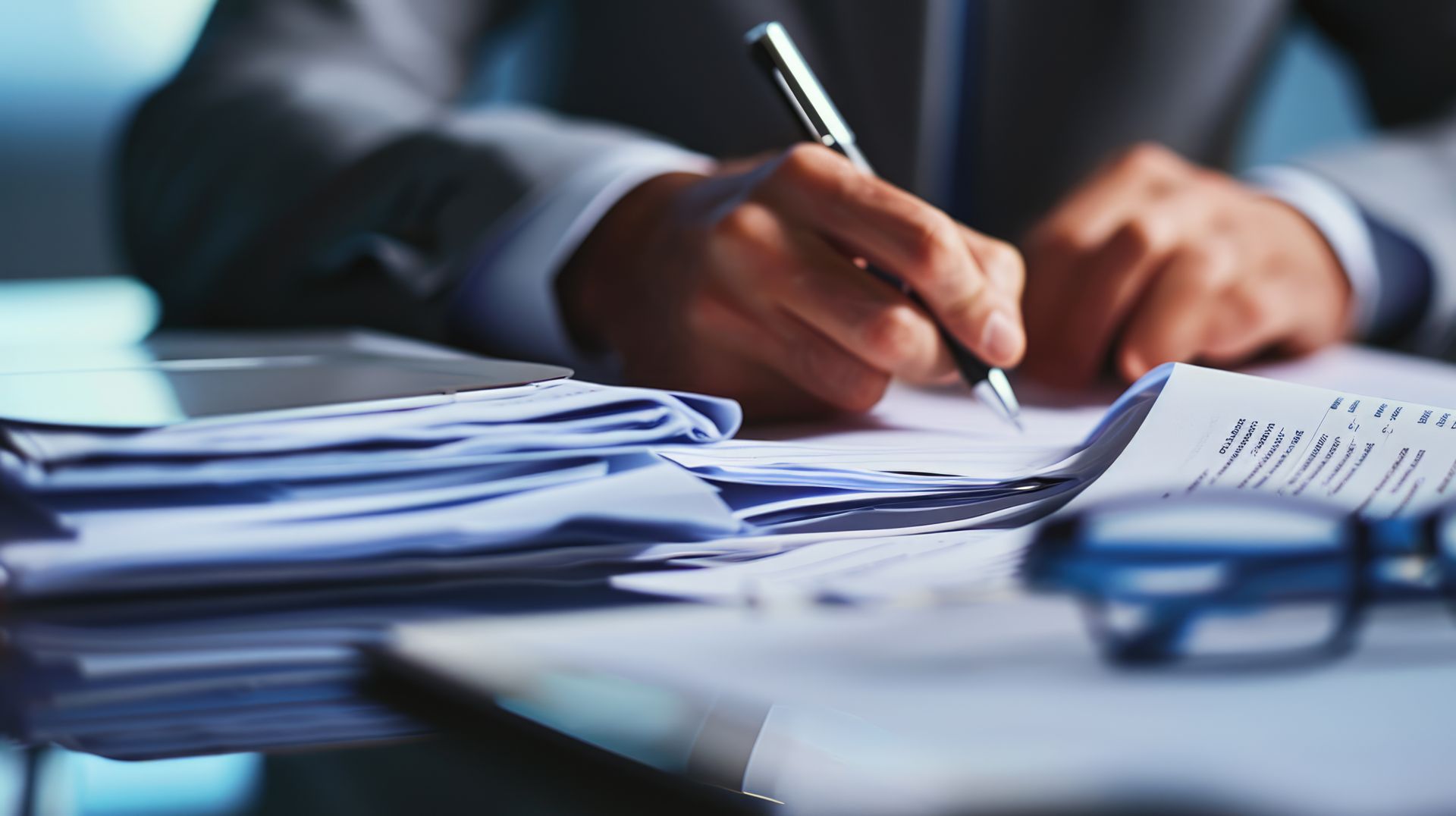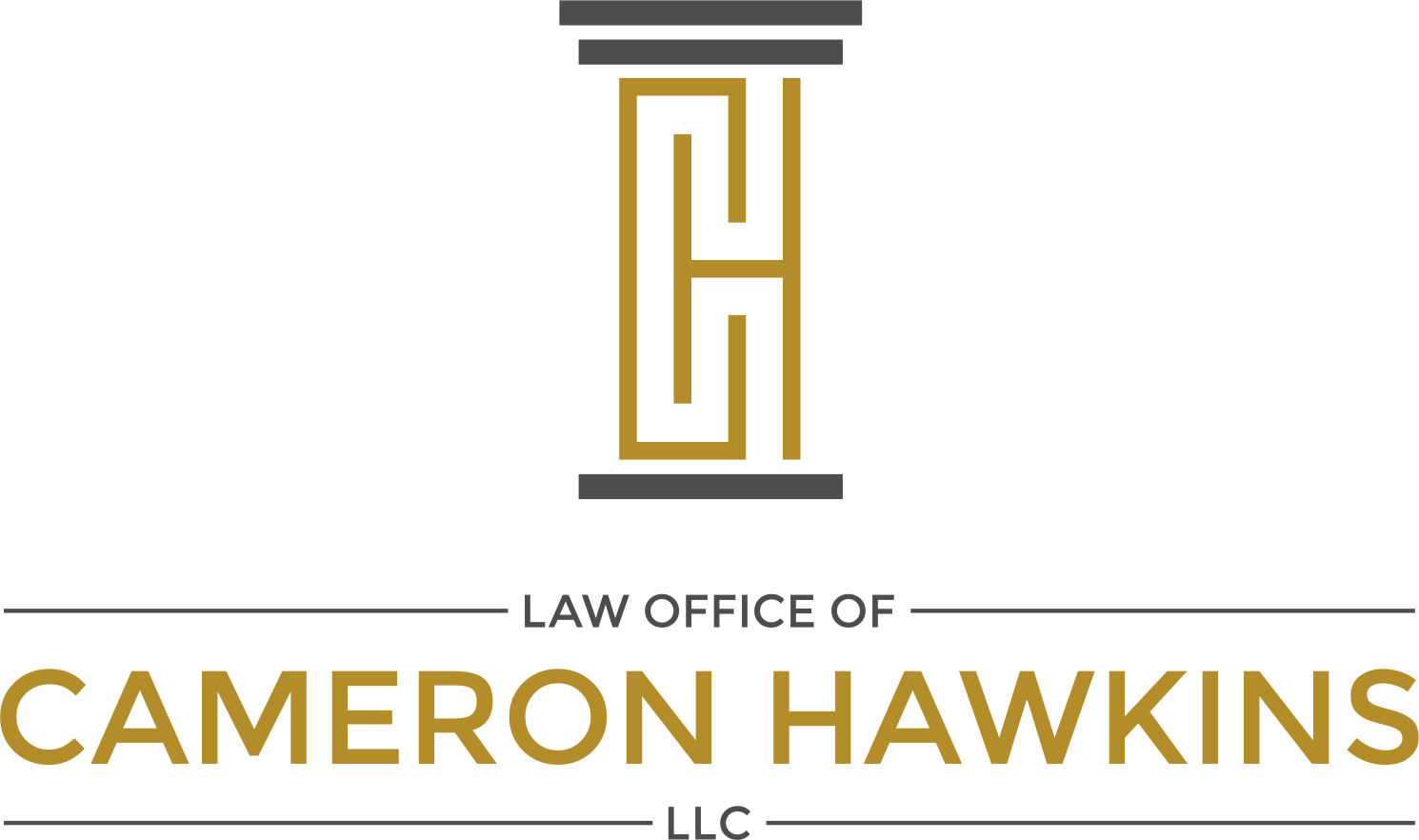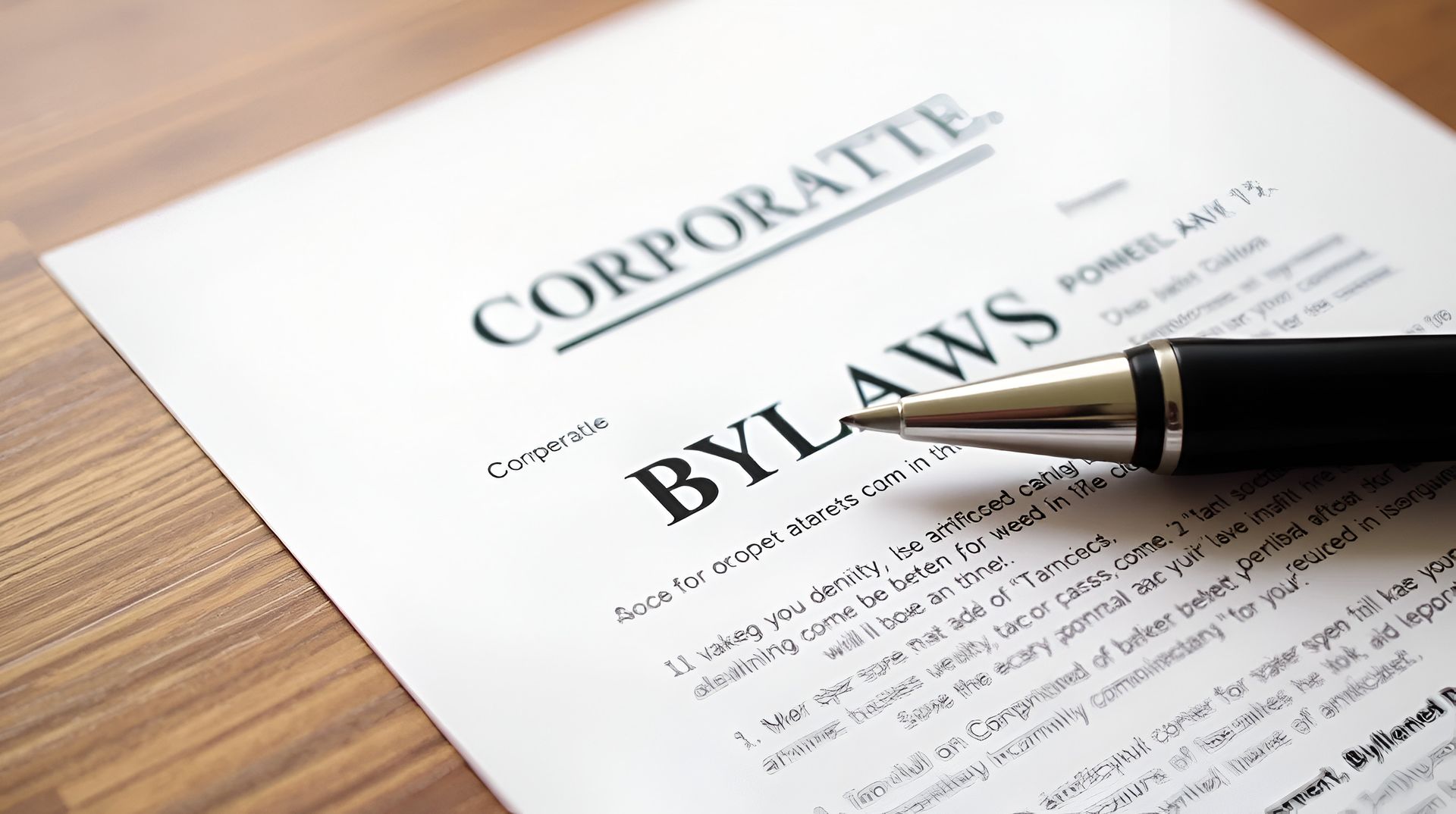Blog

Evidence helps provide a clear, objective account of events after an accident. Good documentation is preferable to unreliable memories and can be vital for disproving competing narratives or testimony.
Taking the time to properly record what happened also demonstrates due diligence. Doing so enables a business to show that it took steps to maintain a safe environment, properly trained employees and adhered to legal standards and regulations for its industry.
Strong documentation can also minimize liability if it shows the business or its employees were not at fault or were only partially at fault, reducing the degree of liability and the damages that could be awarded to the plaintiff.
Ultimately, well-maintained records and thorough documentation support the business’s legal defense by equipping
business defense attorneys with the evidence they need to challenge the plaintiff’s claims. Airtight evidence may persuade a plaintiff to settle out of court or even drop a claim, helping the business avoid lengthy and costly litigation.
Types of Documentation That Can Aid in Personal Injury Claim Defense
Incident Reports
Businesses should have some kind of established incident reporting procedure and form. This standardized process should include documentation of the incident and injury, the time and location of the event, a list of witnesses and a summary of the immediate actions taken by the business and employees.
For example, if a customer allegedly slipped and fell on a wet floor, the description should include a summary of why the floor was wet and note whether warning signs were in place when the incident occurred.
Surveillance Footage
Arguably the most powerful documentation in modern workplaces is video footage. A plaintiff’s entire claim can be unraveled in an instant if surveillance footage shows they attempted to stage their slip and fall or were looking at their phone and texting and ignoring visible wet floor signs when they slipped.
Businesses without thorough surveillance coverage should consider rectifying the situation and ensure they have measures in place to preserve footage if an incident occurs.
Photographs of the Scene
Even if a business has surveillance footage of the incident, taking photographs should still be considered a necessity.
Surveillance footage is often only available from a single angle and may not have good resolution. Photographs can be taken from every angle and at different distances. For example, a photograph may show a wet floor sign that wasn’t visible in surveillance, or more accurately depict the size of a hazard from the plaintiff’s perspective.
Witness Statements
Firsthand accounts from different perspectives can add vital context to an incident and bolster the evidence supporting the most accurate version of events. A customer describing how the claimant ignored a warning sign prior to their injury can significantly improve the business’s defense.
Maintenance Records
Maintenance records come in many forms. Retail businesses may have cleaning logs, construction businesses may have equipment maintenance and repair records and trucking businesses should maintain records of fleet vehicle maintenance and safety checks. These logs can be vital for proving a business performed the necessary due diligence required by law and that they took the necessary steps to reduce the likelihood of accidents.
Employee Training Records
Certificates of completion for workplace safety or training programs can be used to show that employees received adequate training in safety protocols and procedures relevant to the incident.
Safety Audits and Inspection Reports
Businesses may use different types of inspection reports, including their own internal reporting or industry-mandated reporting, like OSHA inspection reports. These can be useful for demonstrating that the business proactively sought to identify and address hazards before they caused harm.
Contracts or Waivers
Some contracts or waivers can significantly decrease a business’s liability risks. For example, if a gym member was injured using exercise equipment improperly, and the gym has a signed waiver or contract from the plaintiff acknowledging and accepting the risks of using the equipment, the waiver could be vital to the gym’s defense.
Communication Records
Businesses should maintain all emails, phone logs or other documented communication to demonstrate they respond to complaints and warnings about potential hazards. Even if not explicitly related to the incident, these records can demonstrate a business’s commitment to safety and accountability.
Helping Atlanta Businesses Document, Negotiate and Litigate Liability Claims
The team at the Law Office of Cameron Hawkins is dedicated to helping Atlanta clients handle the complex process of defending against all types of liability claims. We can help gather evidence, build cases, negotiate on your behalf and assist in litigation if needed. Call us at (678) 921-4225 for a free case evaluation.











